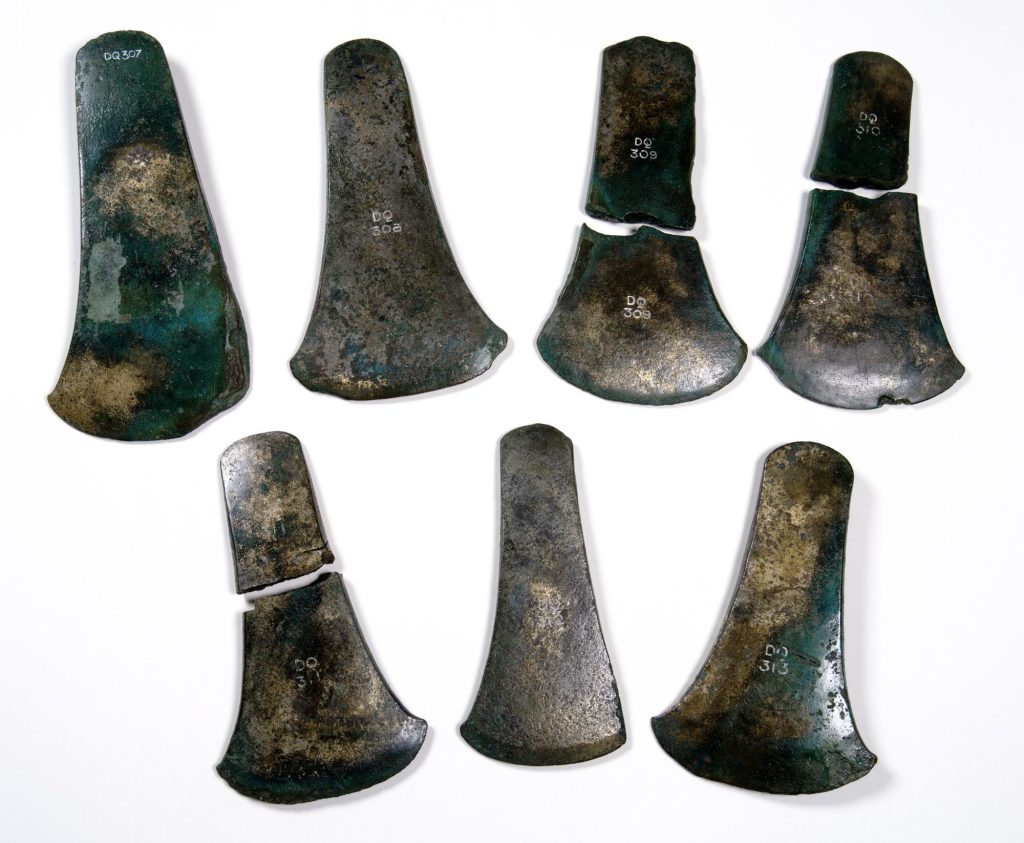Extraction of metals and the Bronze Age
The reactivity of the metals determines how abundantly they are found on the earth. And an appreciation of their reactivity gives us a timeline of our own development as a species. A study of the reactivity of metals is also a study of very own history. This part of AQA and Edexcel GCSE is one I go through with students all the time. How the Bronze age started and then the Iron Age. All linked to the reactivity series.

Pre-historic humans used stone tools and items in their day to day lives. Tool making was a big deal indeed. But we couldn’t have known of metals besides silver and gold as they were all locked away in unrecognisable oxide form.
A most remarkable discovery moved us from the Stone Age period into the Bronze age. Bronze is an alloy (mixture of metals) of Copper and Tin. And copper would have been found as copper ore in nature. An accidental hot fire near a copper ore in the presence of coal (which contains Carbon, which is more reactive than Copper) would have revealed copper’s true existence. The Carbon reduced the Copper Oxide into Copper. A beautiful gold like substance, soft and malleable. It must have been an extraordinary discovery of its time and it changed the game for humans. We were now able to make much more sophisticated tooling, ornaments and jewellery. It was the first metal we discovered and set us on a path to more discoveries later.
Here are a couple of great videos that show how a green ore of copper called Malachite can easily be reduced into copper. The implications of discovering Copper, and how it was a prime trade item are shown on the videos.
This is a superb resource for GCSE AQA Chemistry students studying the C2 module, or the iGCSE Edexcel 1C modules, both of which I tutor. And if as a student you are feeling bogged down by learning cold facts, then these videos will bring it all to life again.
Do you have any thoughts on the magic of copper? Feel free to comment 🙂